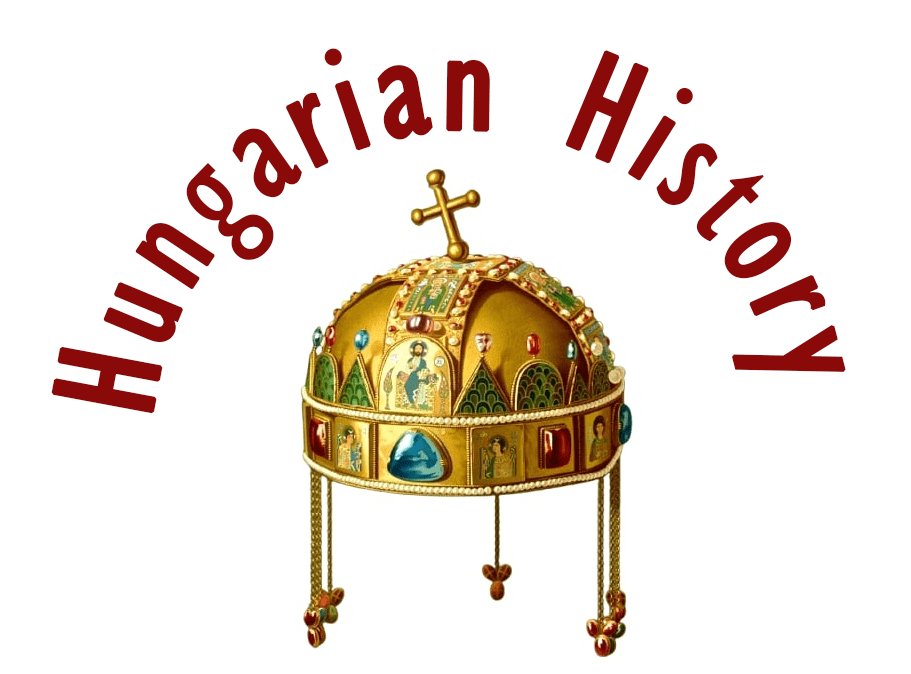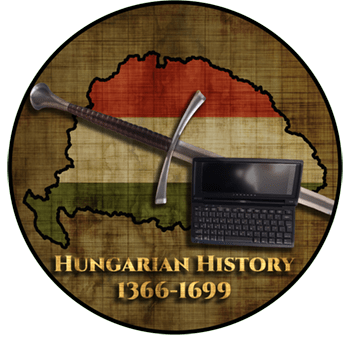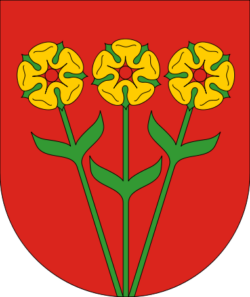
Sztropkó (Slovak: Stropkov, German: Stropko) is in Slovakia, it was once famous for its pentagonal castle, which was built in 1245 by one of the most distinguished families of our country, the Zudar family, as a border fortress, at the urging of King Béla IV after the Mongol invasion, to protect the Kingdom of Hungary. Location: https://tinyurl.com/3srhsf2s

There are no historical sources on the exact date of the settlement’s origin. In his work entitled Topography of Zemplén County, written in 1803, Szirmay Antal stated, without mentioning the source, that the castle was built by the Czudar family in 1245, after the Tatar invasion, at the request of King Béla IV. Historical sources tell us that the castle was built in the 13th century, and once it had an old tower and a palace wing, where the noble assemblies of the county were often held. It can be assumed that the settlement around the castle was also established at the same time as the castle.

The town of Sztropkó stands in the northern part of the former Zemplén County, along the old road to Poland. Sztropkó Castle was once located in the center of the town, surrounded by a Baroque church of Gothic origin in the rectangular main square. The castle building and adjoining foundation walls, which have been partially converted, are located behind the church. This is all that remains of the once extensive and important fortress, apart from the castle church.

In the Middle Ages, Sztropkó was a market town and manorial center with customs collection rights, and 39 villages belonging to it. Its Gothic church, dedicated to St. Anna, dates back to the 14th century. The town had a school as early as the late 14th century.

The first authentic source about the town is a donation letter from King Sigismund in 1404, in which it was mentioned as “Toporo”. At that time, the castle and its manor were taken from the Czudar family and given to King Sigismund of Luxemburg’s follower, Perényi Péter. The king confirmed the ownership of Perényi Imre in 1408, and in this document, the town was named “Ztrupko”. Another surviving version of this charter refers to the town and castle as ‘Strupko ac castello Thoporo’.

In 1409, among the students at the University of Kraków was one from Sztropkó. There are also later mentions of students from Sztropkó, for example, a János from Sztropkó, who was an apothecary in Bártfa in 1442. In 1468, the legend of St. Catherine of Regensburg was recorded by Lőrinc of Sztropkó in the Dominican monastery in Buda. The first decisions of the town council are known from the second half of the 15th century, together with the town seal, which depicted St. Anne and St. Mary.

The castle of Sztropkó was also mentioned in 1414 in a document under the name Toporó, as the estate of the Terebes branch of the Perényi family. They received the manor in 1410 and the license to build the castle the following year. At that time, 30 villages belonged to it.
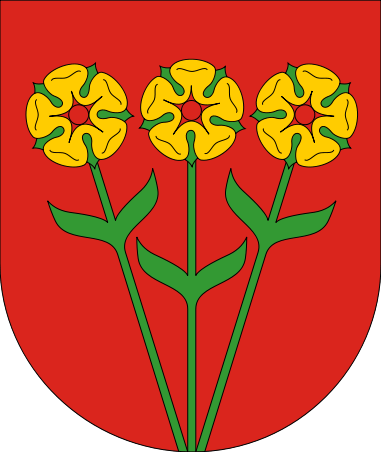
In January 1440, Perényi János, the chief Comes of Zemplén County, offered the Hungarian crown to King Ulászló Jagelló. However, he later sided with the infant László of the Habsburg dynasty. Consequently, Bishop Rozgonyi Simon of Eger led his army against Sztropkó, where the castellans, Varjú Miklós and Demétei György, were preparing to defend the castle. They sent a letter to the town of Bártfa (Bardejov) requesting 20 mercenary soldiers and cannons. However, Rozgonyi changed his plans and marched with his army against Eperjes (Presov). This meant the danger had passed.

The Perémyi family also took advantage of the turbulent times in the 15th century, often robbing merchants laden with goods on their way to Poland. In 1471, a law was passed to destroy Sztropkó, but the Perényis prevented this.

In 1473, it was briefly occupied by the Poles, but King Matthias Hunyadi expelled them. However, as Perényi Miklós continued to plunder merchants by raiding from the castle, in 1483 Matthias commissioned the city of Kassa to seize the fortress. As the royal envoys were attacked by Miklós’ brother Perényi István, the king besieged the castle of Sztropkó by Lábatlan András. After it was successfully captured, it was held for a time by Lábatlan András, and then, through the intercession of Perényi Imre, his family regained it from Matthias.

In 1491, it was captured by the Polish King Albert in a bloody siege, during which two members of the Perényi family died. In 1492 the castle and the town were burnt down by Czudar Simon. In that year, the castle was mentioned again as the center of the manor, which included 37 villages. The castle was returned to the Perényi family.

After the terrible destruction, Perényi Imre handed the castle over to Archbishop Bakócz Tamás of Esztergom for 20,000 gold coins in 1493. The Archbishop took Sztropkó and its estates to the care of his brother Miklós and his relatives, the Erdődy family.

In 1539, it was again the property of the Perényi family, and after the death of Perényi Gábor (1568), King Maximilian sold it to the royal chief chamberlain Gersei Pethő János. After that, it was the property of the Gersei Pethő family for centuries. The huge manor numbered almost half a hundred villages in the 16th century.

The 1569 census lists 72 families living in the town, and we know their names. The town was settled by Germans from the Bártfa and Eperjes regions in the 14th century, as evidenced by the numerous German names among its inhabitants. They were instrumental in the town’s rapid development of a highly sophisticated craft industry. By 1569, there were already several potters, blacksmiths, carriers, shoemakers, and guilds.

The 1569 census also shows that 35.7% of the town’s population were Hungarian (mostly refugees from the south). By 1575, there were 17 different craftsmen in the town. For example, there were guilds of goldsmiths, wheelwrights, tailors, fur tailors, and potters.

In 1686, the city was burnt down by Prince Thököly’s troops. In 1703, the castle was occupied by the Kuruc forces of Prince Rákóczi. At that time, the Gersei Pethős swore allegiance to Rákóczi and gave mercenaries to the prince, who therefore did not keep a garrison in their castle.

However, in 1707, Count Gersei Mihály fled to Poland due to disloyalty, so the prince donated Sztropkó to the general Ocskay László. In August 1708, Ocskay betrayed Rákóczi and sided with the Imperials, so the prince took the castle from him and gave it to Babocsay Ferenc, a Kuruc brigadier general. After Babocsay was killed at the Battle of Romhány in 1710, his widow lived in the castle until the end of the War of Independence.

In the last days of 1710, John Wolffs-Keel surrounded the castle with the troops of the Imperial Colonel William, who surrendered a few days later. The imperials then destroyed the outer defenses of the fortress, and the Gerseys, who had regained their possessions from the Habsburgs, continued to live in the building, which had been converted into a palace, until the family’s extinction in 1767. After that, the female descendants of the family became the owners of the estate of Sztropkó.

The earliest form of the castle is unknown. The rectangular, multi-story tower in the center of the castle, now the building of the castle church, undoubtedly dates from this period. The lower two floors recall the original function, while the upper floors are partly rebuilt but still visible. Some claim the foundation stone was laid in 1593, but others assert it was built on an earlier tower destroyed by the enemy. The lowest room of this tower was the prison. The larder and armory were located above the prison. The female servants were situated above that, followed by the lord of the castle, his family, and finally, the guard.

The castle church was built in the central part of the castle by the Gersei Pethő family and was already standing in 1675. This church was probably converted from the old castle chapel. It was built of natural stone in the pointed-arch style. Its supporting pillars and windows are made of carved stones. The strikingly long sanctuary has a pointed arch, 15.6 meters long and 8.8 meters wide. The nave is 14.02 meters wide and 13.5 meters long. Under the church are four tombs, containing the bones of the Pethő family. The Kuruc leader Babocsay Ferenc was also buried here on 22 January 1710.
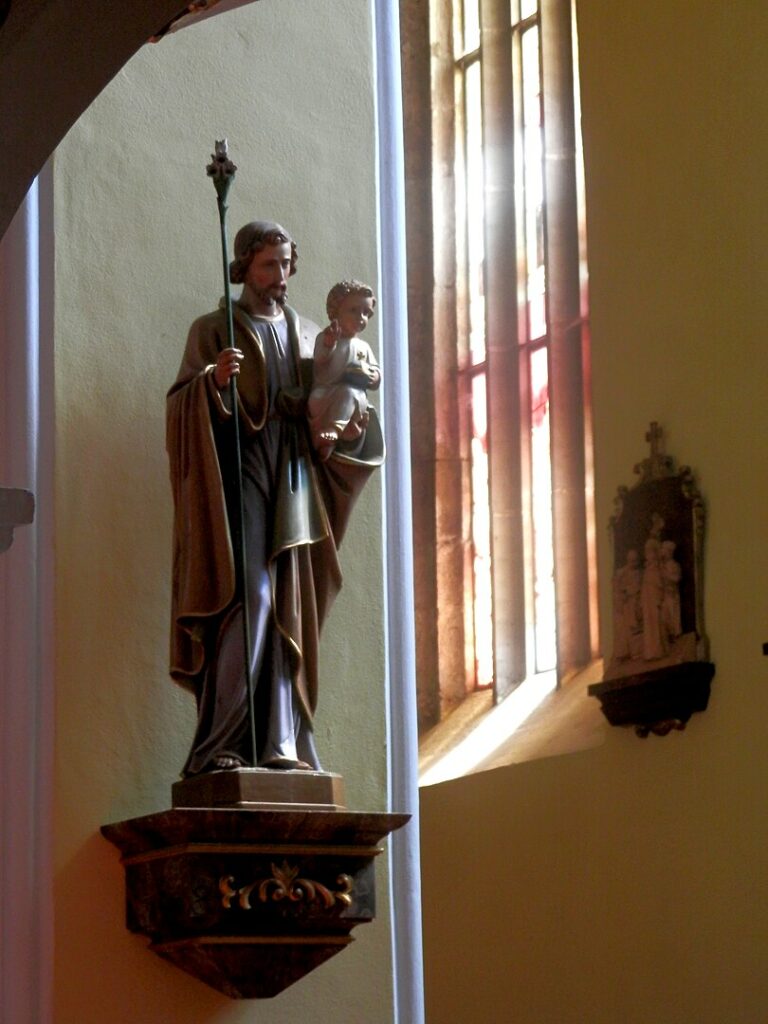
The earliest known floor plan of the castle was made in 1767, which irrefutably shows that even then there were significant buildings and ramparts around the castle church. Today, only the uninhabited, decaying castle, built in the 18th century from the former palace wing behind the sanctuary of the castle church, remains. It was partially extended in the early 19th century in the neoclassical style. Next to it are the ruins of the former wing, where the Knights’ Hall was used for county assemblies before 1756.

A trench-like depression, approximately 15 meters wide and 1 meter deep, runs in a southeast direction for approximately 20 meters north of the castle church, in the courtyard of the residential buildings. This depression probably extended in front of the former castle wall.

South of the remaining part of the palace, on the other side of the present street, is an old stone-walled well, which must have been outside the southern walls of the castle as shown on the 1767 plan, but which may have had some connection with the outer defenses of the castle, destroyed in 1711.

In recent times, restoration work has begun to the north of the church, revealing the northern parts of the castle walls. It is hoped that more information on the history of the construction of the castle will soon be available.

On the first floor, there is an exhibition of kerosene lamps. Unfortunately, there is nothing worth photographing upstairs, because it is a massive social-realist conversion, even the stairs. The occasion for the exhibition is the last military exercises before the Great War, held in and around Sztropkó in 1911, when Franz Ferdinand was staying in this castle with the Desewffys, while Franz Joseph, in Felsővízköz, was staying in what is now Svidnik.

In the town, in 1910 there were 2585 inhabitants, of which 966 were Slovak, 919 German, and 440 Hungarian. In 2011, 8604 of its 10,940 inhabitants were Slovak, 985 Roma, and 309 Ruthenians.

Dear Readers, I can only make this content available through small donations or by selling my books or T-shirts:
Please, support me with a coffee here: https://www.buymeacoffee.com/duhoxoxa
You can check out my books on Amazon or Draft2Digital, they are available in hardcover, paperback, or ebook:
https://www.amazon.com/dp/198020490X or at https://books2read.com/b/boYd81
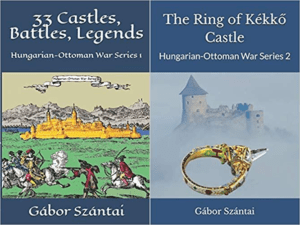
My work can also be followed and supported on Patreon: Become a Patron!http://Become a Patron!
Become a Patron! and donations can be sent by PayPal, too: https://tinyurl.com/yknsvbk7

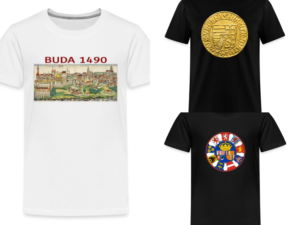
https://hungarianottomanwars.myspreadshop.com/all
Subscribe to my newsletter here: https://tinyurl.com/4jdjbfkn
Here are more pictures of Sztropkó:
